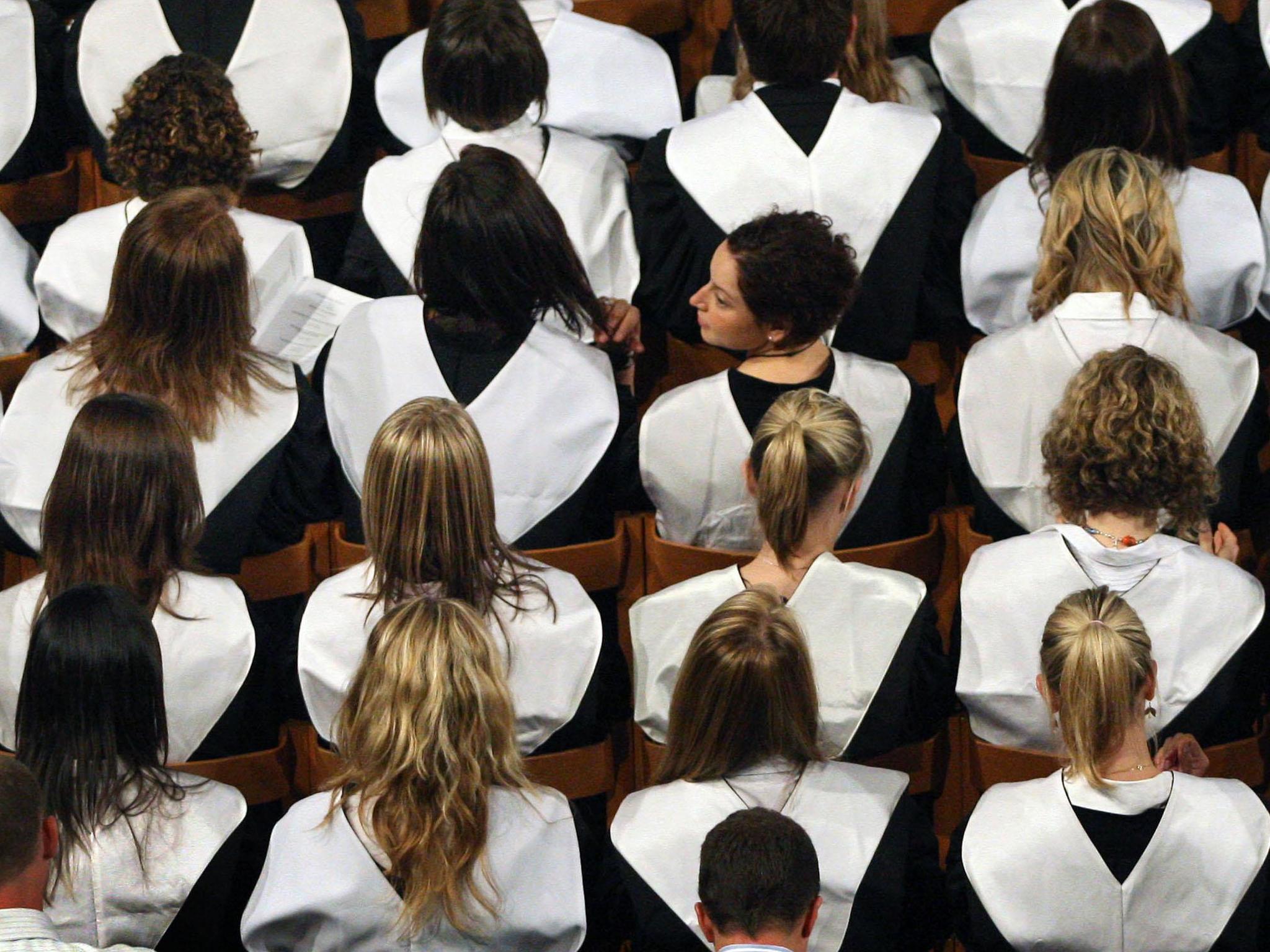Gap between rich and poor students at top universities widens for first time in decade
Figures called 'disappointing' and 'unacceptable'

Your support helps us to tell the story
From reproductive rights to climate change to Big Tech, The Independent is on the ground when the story is developing. Whether it's investigating the financials of Elon Musk's pro-Trump PAC or producing our latest documentary, 'The A Word', which shines a light on the American women fighting for reproductive rights, we know how important it is to parse out the facts from the messaging.
At such a critical moment in US history, we need reporters on the ground. Your donation allows us to keep sending journalists to speak to both sides of the story.
The Independent is trusted by Americans across the entire political spectrum. And unlike many other quality news outlets, we choose not to lock Americans out of our reporting and analysis with paywalls. We believe quality journalism should be available to everyone, paid for by those who can afford it.
Your support makes all the difference.The gap between rich and poor students going to Britain's best universities has widened for the first time in nearly a decade, Ucas figures reveal.
Last year, students from the most advantaged backgrounds were 15 times more likely than those from the most disadvantaged social backgrounds, the data shows.
It is the first time in nine years that the equality gap between these two groups has increased at the “higher tariff” providers, which includes Oxford, Cambridge and other Russell Group universities.
Elite universities have recently been in the spotlight for failing to admit sufficient numbers of students from poorer backgrounds.
Ministers and the Office for Students have criticised top universities for not making enough progress after it was revealed that some Oxbridge colleges had admitted no British black students.
In 2017, the most privileged students were 14.5 times more likely to enter top universities than their disadvantage peers – and this increased in 2018 despite a push to widen access to higher education.
Geoff Barton, general secretary of the Association of School and College Leaders, said the data was “extremely disappointing” and “unacceptable”.
He said: “One problem may be the fact that it is very difficult to live away from home on the level of funding provided by the student maintenance loan. Middle class parents are able to pay towards their children’s accommodation and living costs, but this is not the case with disadvantaged families. Poor students may therefore be more inclined to live at home and unless there is a high-tariff university nearby, this will restrict their choice.”
Mr Barton called on the government and top universities to do more to widen access. “The student loans system stacks the odds against those from the most disadvantaged backgrounds,” he added.
A spokesperson for the Russell Group said: “These are sobering figures and they should strengthen our resolve to continue opening up top universities to young people from all walks of life. This is a big, complex social problem with no quick fixes – but recent years have seen important progress and universities, schools, government and parents must work together to keep it on track.”
Sir Peter Lampl, founder of social mobility charity Sutton Trust, told The Independent: “It is worrying to see that there has been limited progress in closing the gap between advantaged and disadvantaged students getting into top universities. All young people, regardless of their background, should have a fair chance to get into these top institutions.”
He added: “Young people from disadvantaged backgrounds are often not getting the advice and support they need in a highly competitive admissions process.
“It is vital that we ensure that all young people, regardless of where they live or go to school, have access to high quality careers advice and guidance that allows them to make informed choices.”
Join our commenting forum
Join thought-provoking conversations, follow other Independent readers and see their replies
Comments